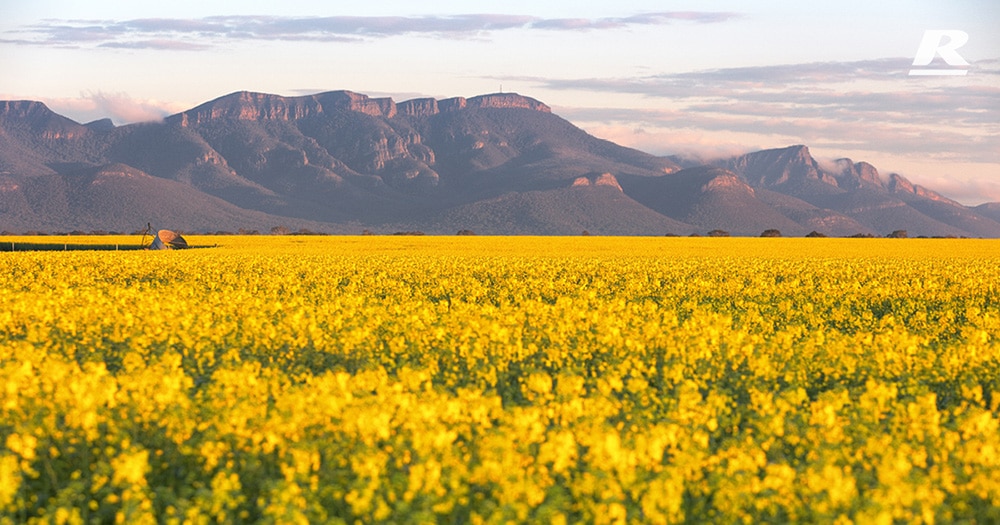COMMODITY UPDATE
Market Observations: September
Reid Stockfeeds have always strived to produce the best quality feed for Australian animals. In order for us to do this, we have a strong internal focus on sourcing the best possible ingredients to achieve such quality. As we observe crops moving into the critical flowering stage, it is a good time to reflect on how fortunate we are to have farmers that produce a standard of raw materials that are the envy of the world. For instance, the common standard of Wheat (ASW1) procured as a main component of animal diets is sought after in other countries to be included partly in the flour milling process.
The predominant standard of Barley for feed inclusion in Australia (B1) is often used throughout Asia to malt for beer production. Fortunately, Australia produces and uses Malt1 standards for its beer production. Australia produces both GM and Non-GM Canola. Both GM and Non-GM Canola finds its way into the export market, any Canola seed or meal used in the production of Reid Stockfeeds diets are Non-GM.
Importantly, as an industry we have a responsibility to be diligent in ensuring the quality of all ingredients are kept to the highest of standards. With the vast range of diets Reid Stockfeeds produce, it is not uncommon to have hundreds of different ingredient components available for use at any point in time. This ranges from bulk commodities through to macro and micro minerals, amino acids, necessary medications and more. We place value in our relationships with long term suppliers along with diligent testing to eradicate from our supply chain; toxins, high heavy metal levels, moulds/fungi, etc. In addition to this, our philosophy is to support local growers and suppliers to achieve common goals particularly when the product is of the highest standards. We are also conscious of reducing our impact on the environment which is again another reason to choose local. Fortunately, the growing season in Victoria is looking promising which allows us to continue to adhere to our procurement philosophy in 2023.
Australia is still on track to produce one of the bigger crops on record. ABARES data still predicts strong production in Victoria’s key growing regions. Coupled with the Bureau of Meteorology’s climate driver update suggesting a renewed push towards La Nina, conditions continue to look favourable. Importantly, other states also have strong forecast outlooks. This means Australia is on track again to have an exportable surplus from all states. Even though domestic consumers will find strong competition for grains and seeds from exporters in 2023 as they have this year, the price is expected to be more palatable with the added injection of Black Sea origin grain finding its way into global markets. An early indicator of that is the market spread between Wheat and Barley. With the Black Sea region being the major contributor to global Barley supplies, local markets responded with Barley falling to around $40p/t lower than Wheat after earlier in the year trading closer to Wheat parity.
As mentioned earlier, we are moving into a critical stage of the crops life cycle so we want to wish our growers the very best. The take home message for us will be to continue to look locally for our ingredients, support our local growers as much as possible so we can in turn provide the highest quality feed to support our valued stock feed clients.
| Crop | Area '000 ha | Yield t/ha | Production kt | Area change % | Prod. Change % |
|---|---|---|---|---|---|
| Wheat | 1,550 | 2.46 | 3,813 | 2 | -9 |
| Barley | 790 | 2.65 | 2,094 | -7 | -17 |
| Canola | 550 | 1.80 | 990 | 12 | -10 |
Note: Yields are based on area planted. Area based on planted crop that is harvested, fed off or failed. Percent changes are relative to last year. Source: ABARES
Looking for a high carbohydrate grain supplement to feed your ewes during the last 6 weeks of pregnancy; why don’t you give us a call and have a chat to one of our nutritionist on 1300 REID FEED or enquire here >
 Author
Author
Justin Fay
Commodity Manager

 Author
Author